This section provides insights into various utility-related solutions aimed at optimizing energy consumption and promoting sustainability in residential settings. From solar water heaters to energy-efficient appliances and smart thermostats, explore innovative ways to enhance energy efficiency and reduce environmental impact within your home.
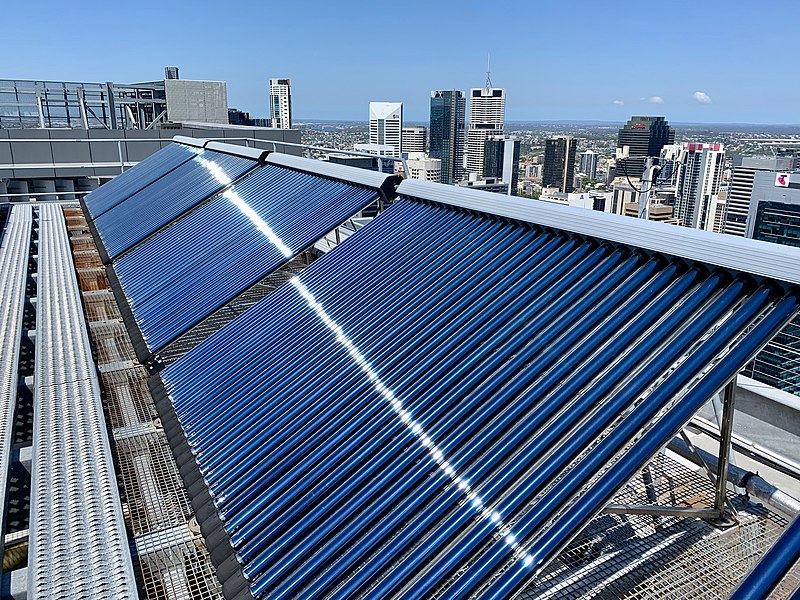
Concept/How it Works: Solar water heaters utilize sunlight to heat water for domestic use. They consist of solar collectors, which absorb and convert sunlight into heat, and a system to transfer the heat to the water. The heated water is then stored in a tank for later use.
Where it Works: Suitable for most regions with an ample amount of sunlight, especially in the southern United States.
Cost: Energy-efficient appliances can have varying costs, but the long-term energy savings justify the initial investment.
Tax Rebate Information: Federal tax credits for energy-efficient appliances are limited, but specific states may offer incentives or rebates. Check with local utility companies for additional savings opportunities.
Concept/How it Works: Smart thermostats learn users' behavior and adjust heating and cooling settings accordingly, optimizing energy use.
They can be controlled remotely through smartphones, enabling users to manage energy consumption even when away from home.
Where it Works: Applicable in all climates.
Cost: Smart thermostats typically range from $150 to $300, including installation.
Tax Rebate Information: Federal and state incentives may apply. As of 2022, the federal government doesn't offer specific tax credits for smart thermostats, but utility rebates and state-level incentives vary.
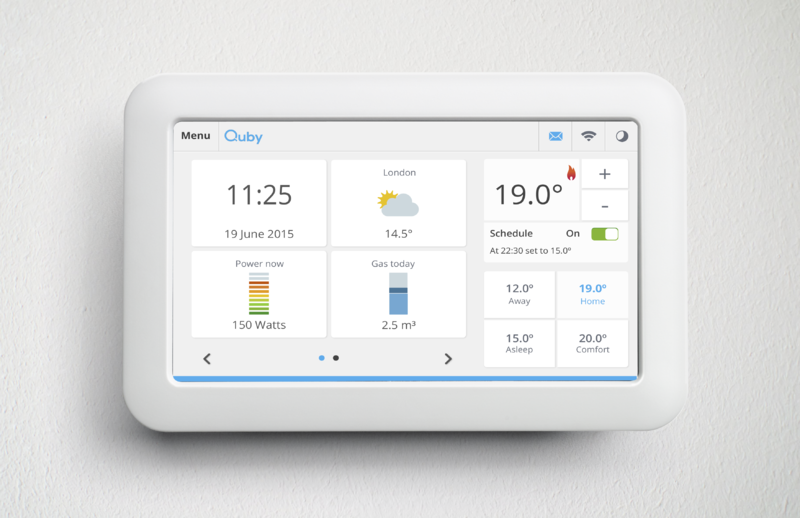

Concept/How it Works: Energy-efficient appliances consume less energy compared to standard appliances. They often feature advanced technologies such as improved insulation, better motors, and programmable settings to optimize energy usage.
Where it Works: Suitable for all regions.
Cost: The cost varies but is typically between $2,000 to $5,000 for installation.
Tax Rebate Information: As of our last knowledge update in January 2022, the federal government offers a Residential Renewable Energy Tax Credit, providing a 26% tax credit on the cost of the solar water heater installation. State-level incentives may also apply, varying by location.
Discover alternative transportation methods that prioritize eco-friendliness and cost-effectiveness. From electric vehicles to bike commuting and carpooling, this section explores sustainable mobility options designed to reduce carbon emissions, alleviate traffic congestion, and promote healthier living environments.
Concept/How it Works: Electric vehicles use electricity stored in batteries to power an electric motor. They produce zero emissions, making them environmentally friendly.
Where it Works: EVs are suitable for urban and suburban environments, and the charging infrastructure is expanding nationwide.
Cost: EV prices vary; however, federal tax credits (up to $7,500) are available. As of 2022, many states offer additional incentives or rebates.
Tax Rebate Information: Federal tax credits for EVs are available, but they phase out after a certain number of vehicles are sold by each manufacturer. State-level incentives and rebates are also common, promoting the adoption of electric vehicles.
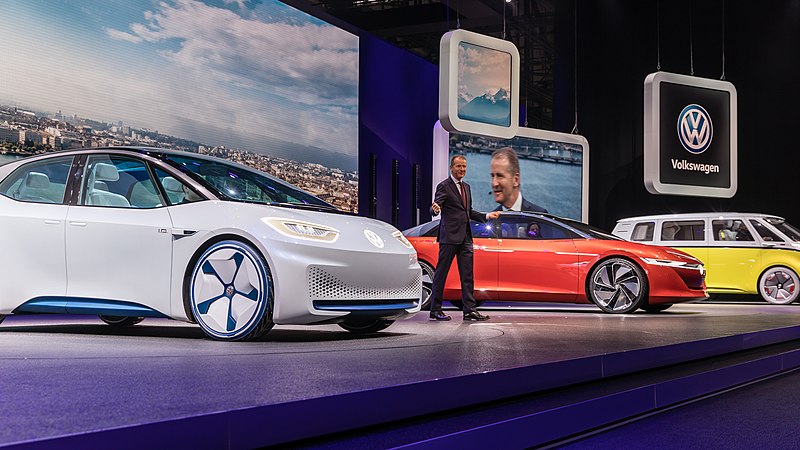

Concept/How it Works: Promoting cycling as a means of transportation reduces the reliance on motor vehicles, contributing to lower emissions and improved personal health.
Where it Works: Feasible in urban and suburban areas with bike-friendly infrastructure.
Cost: Initial investment in a bicycle and safety gear. Bike commuting is a cost-effective transportation solution.
Tax Rebate Information: While there may not be specific tax rebates for bike commuting, some employers offer commuter benefits that include tax advantages for cyclists. Additionally, certain states have implemented bike commuter tax benefits.
Concept/How it Works: Carpooling and ride-sharing services facilitate multiple passengers sharing a single vehicle, this reduces the number of individual cars on the road.
Where it Works: Applicable in urban and suburban areas with well-established ride-sharing services.
Cost: Costs depend on the ride-sharing platform, but sharing expenses with others often makes it more affordable than individual commuting.
Tax Rebate Information: While there may not be direct tax rebates for carpooling or ride-sharing, some states offer incentives for employers who implement ride-sharing programs for their employees.

Explore everyday practices and solutions that promote sustainability and environmental consciousness in daily routines. From composting organic waste to harvesting rainwater and adopting energy-efficient lighting, learn how small lifestyle changes can make a significant impact on reducing waste and conserving resources.

Concept/How it Works: Composting involves the decomposition of organic waste into nutrient-rich soil. Kitchen scraps, yard waste, and certain paper products can be composted, reducing landfill waste.
Where it Works: Feasible for households in both urban and suburban settings.
Cost: Composting can be done inexpensively using a backyard compost bin or a designated composting area. Commercial composting services may charge a fee.
Tax Rebate Information: While there are no direct tax credits for composting, some local governments offer composting bins at reduced prices or provide other incentives to encourage composting.
Concept/How it Works: Rainwater harvesting involves collecting and storing rainwater for later use in activities such as watering plants or flushing toilets.
Where it Works: Suitable for regions with regular rainfall, but systems can be designed for various climates.
Cost:Installation costs vary, but a basic system can range from $1,000 to $3,000.
Tax Rebate Information: Some states offer incentives for rainwater harvesting systems, either through tax credits or rebates. Additionally, some municipalities may offer reduced stormwater fees for implementing rainwater harvesting.
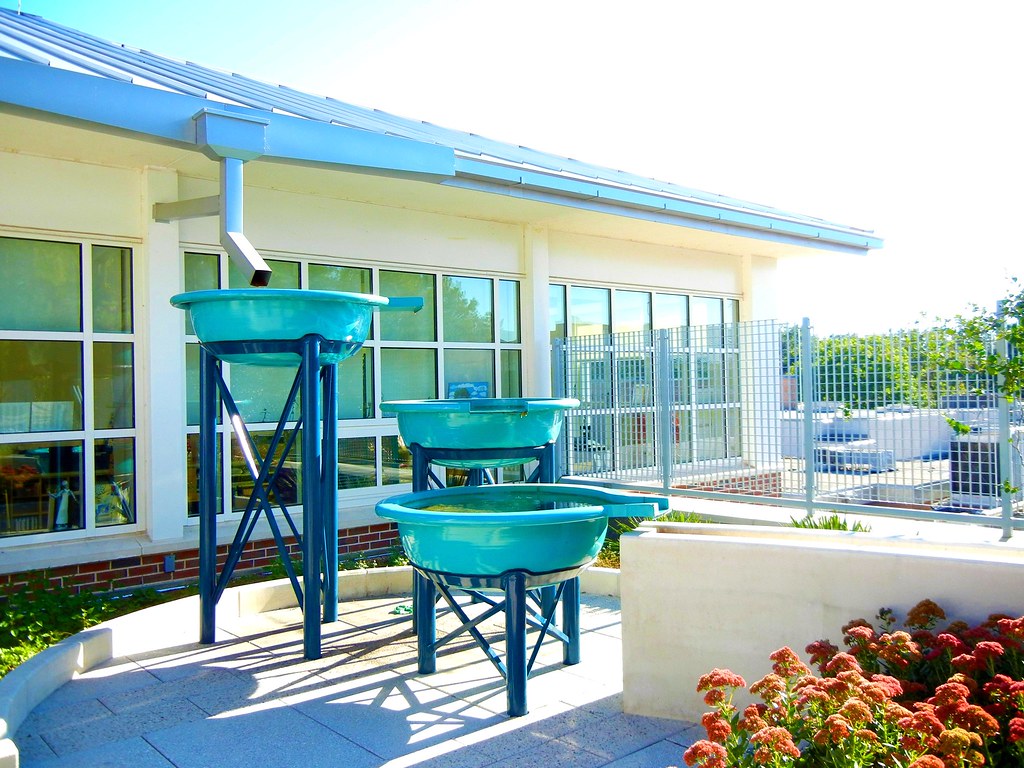
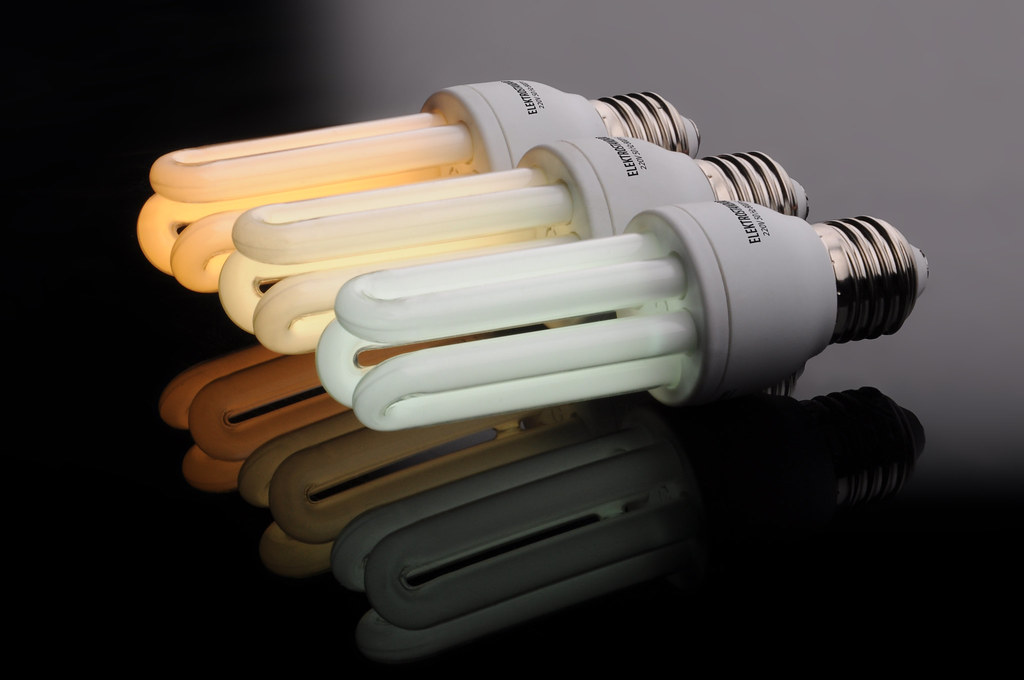
Concept/How it Works: Energy-efficient lighting, such as LED bulbs, consumes less electricity than traditional incandescent bulbs, resulting in lower energy bills and reduced environmental impact.
Where it Works: Suitable for all households.
Cost: LED bulbs can be more expensive upfront but have a longer lifespan and lower energy consumption, providing long-term cost savings.
Tax Rebate Information: While there may not be federal tax credits for energy-efficient lighting, some states offer incentives or rebates to encourage the adoption of energy-efficient technologies. Check with local utility providers for potential savings.